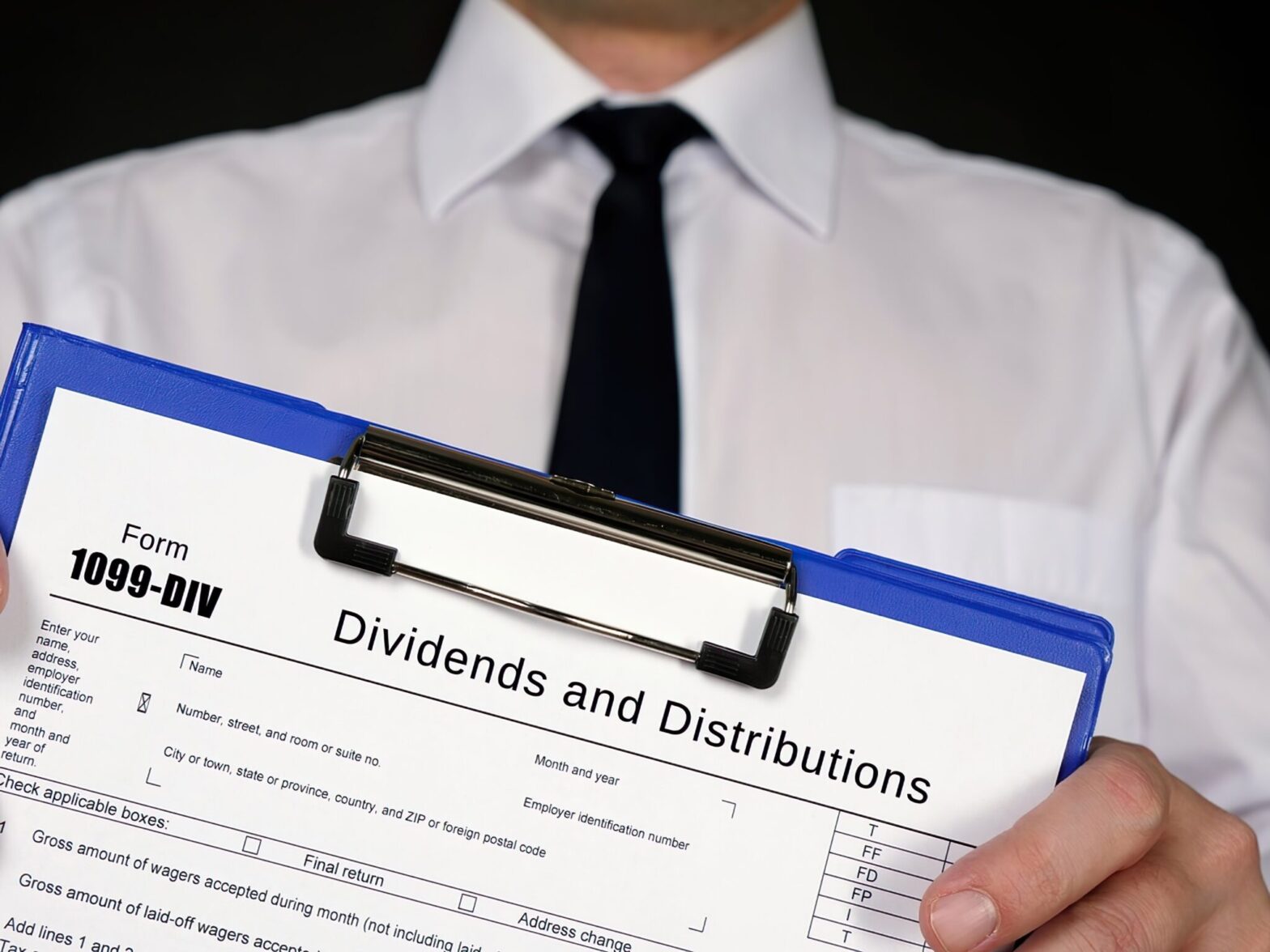Form 1099-DIV-Dividends Distribution
If an individual pays dividend, then a form 1099-DIV is processed that refers to an important record of it. It is possible to receive one or more 1099 DIV Forms in February online. The data that the form contains is significant as it plays an important role in your life related to the tax. Financial institutions such as banks send this form to the investors.
Investors need to obtain distributions and dividends from any investment type. Receiving 10 dollars or more than 10 dollars is a reason why do you obtain the form. It mentions investment expenses, capital gains distributions, non-dividend distributions, withheld taxes received dividends and any other gain type. This income should be reported on the tax return.
What is a form 1099-DIV-Dividends Distributions?

So, what is 1099 div? You obtain all the necessary data on the dividend income from the Internal Revenue Service form, the 1099-DIV dividend distribution form. This necessary data is useful when you are filing your income taxes. The portion of the dividend income should be prepared with good care.
It is recommended to work with a financial consultant because of the tricky process of dividend reporting. The reason for this tricky process is maintaining and creating a tax-efficient portfolio.
If you invested in a mutual fund, which resulted in a capital gain distribution during a calendar year, you would surely receive a 1099-DIV dividends distribution form.
When to use Form 1099-DIV?
You will never receive the form if some type of financial institution sends you an exact 10 dollars or more than it in the dividends. The dividends will never be reported from the side of the companies.
The reason is that these companies didn’t pay you 600 dollars or above. So, what if any of these entities didn’t send you the 1099-DIV dividend distribution form even if it paid you dividends. In this scenario, the dividend income sent to you must be reported on your tax return.
Do you have a brokerage account? If yes, you can also see the 1099-DIV dividend distribution form in your year-end statement.
How to read form 1099-DIV?
The dividends that were sent to you can be listed by using a schedule B during a calendar year. These should be ordinary dividends and must be for more than 1500 dollars so that you can list them in a schedule B.
A taxpayer needs to read the 1099-DIV dividend distribution form carefully. Simultaneously, it is significant to understand all the form’s data. You need to develop a common understanding of where this data can be used.
The data in the form consists of several boxes such as box 1a, box 1b, box 2a, and so on. A 1099-DIV dividend distribution form contains the following important data.
You also need to follow the important Form 1099 DIV instructions while preparing it. This portion relates to the federal tax return.
Box 1a:
The amount that this box shows is about all the dividends that were sent to you from the side of a payer. These dividends are known as standard dividers, including those from exchange-traded funds, mutual funds, and stocks. A schedule and line 3b of IRS form 1040 can be required for reporting this amount.
Box 1b:
This box represents the amount that box 1a contains. It is also possible to represent a part of the amount contained in box 1a. This amount refers to the amount of the qualified dividend.
Box 2a:
It is significant to report on the distribution of capital gains from exchange-traded funds and mutual funds. The tax rate is for the long term, but it is low if you hold the stocks for more than 1 year.
Box 3:
This box includes the non-dividend distributions from the side of companies.
Box 5:
It is essential to record section 199A dividends here.
Box 7:
This box contains the list of foreign taxes. Your federal tax liability becomes minimal because of this box’s amount. It is important to claim it on IRS form 1040.
Box 11 and 12:
You will see the amount of the tax-exempt dividends that were sent to you in box 11. Box 12 triggers AMT that is an alternative minimum tax, and it is also a component of box 11.
Form 1099 vs. form 1099-DIV
Compiling the data that is related to the payments made by a company to you during a calendar year is done through the Form 1099. On the other hand, the 1099-DIV dividend distribution form shows the data regarding dividends that were sent to you.
Some other forms while you receive Form 1099-DIV
You can also get many other tax forms if a brokerage firm sends you a 1099-DIV dividend distribution form.
1. 1099-R
You will obtain it on receiving distributions from annuity or IRA.
2. 1099-PATR
You will get it on belonging to a co-op. Moreover, you can get 10 dollars in patronage dividends if you have obtained it.
3. 1099-OID
You can obtain it by purchasing the financial Instruments, notes, and bonds at a discount. The maturity of the instrument must be of above one year.
4. 1099-CAP
This form is sent on holding the corporation shares.
5. 1099-INT
You will get it on earning above 10 dollars in interest from any financial institution such as brokerage and bank.
Wrap up
If you obtained dividends from an entity such as a company but not your employer, then the record in the form of 1099-DIV tax is important. Considering the income from the investments, dividends have become important. These play an additional important role if there is a case of fixed income holding. Reviewing the 1099-DIV form will show you several boxes. Out of these boxes, some show you the total reported amount. While there are many blank boxes as well. Every single box turns to report something unique. Based on this, it is decided where to report and whether it is important to report on your tax return. Contact myNITS tax professionals for assistance related to Form 1099 DIV.




